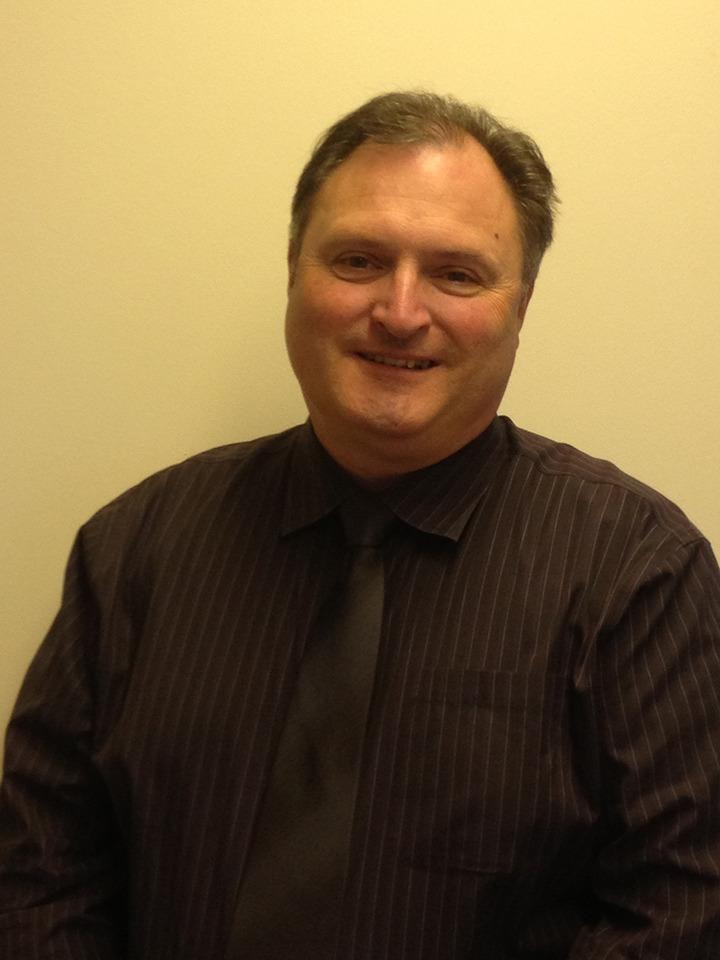What is the purpose of public education in your mind? This is a significant debate, and one that has embroiled communities, educators, and researchers for a very long time. It is also at the centre of the choice agenda in public education.
In 2002 new legislation was passed in BC, giving parents and students enrolled in public education systems the right to seek educational choices beyond their neighborhood schools.
While schools are still required to define prescribed “catchment areas,” students who normally reside in BC are free to attend any school in the province regardless of where they live and subject to availability of space and appropriate educational programming. While some districts already accommodated these kinds of choices, the new legislation required all to comply.
This change in practice, along with an evolving understanding of the importance of personalizing learning experiences for learners, has also morphed into the development of an array of specialized programs that allow students to become immersed in areas about which they are passionate.
Throughout the province programs that focus on learning through the arts, a variety of sports offerings, learning through the trades, and other specialized academies and programs have sprung up as schools and districts seek both to meet the learning needs of students, and to provide choices for students.
In part the need to offer choice of educational opportunities for students has stemmed from an historical debate about the purpose of education.
Kieran Egan, a respected and renowned educator, researcher and author writes eloquently about the streams of thought he calls the Aims of Education that have emerged through the years.
He defines them as “mutually incompatible” and charges that education systems try to appease the diversity of their communities — most often unsuccessfully. The first “aim” or purpose of education to which some subscribe is to “fill learners with existing content and knowledge.” The second aim describes the purpose of education as a means to support learners with their own self-discovery based on their developmental trajectory. The third is that the purpose of education is to prepare learners to “fulfill a useful role in society.”
In SD8 (Kootenay Lake) we offer an array of choices for students. The first choice is for each student to attend their community school. Or, students may choose to attend a different school. People’s reasons for choosing to send their children to schools outside of their neighborhood vary from “it’s closer to where I work” to “we are seeking more choices for our child” or “that school offers a particular program that my child would like to attend.”
We offer language, trades, arts, sports and outdoor education programs throughout the district. We are very proud of the choices that our students have and recognize that students are experiencing success every day whether it be in their community school program, a school in another community, or in a special program in which they have enrolled.
Although each of these programs is as different and unique as the students who are enrolled, they all have one thing in common, and that is the learning outcomes they must achieve. The curriculum itself is the consistent aspect of any program offering throughout the district.
The consequences of offering choices are many and we as a community have to decide how we will deal with them. One about which we hear a lot is that of transportation. If a student chooses to attend a program outside of their catchment area, who is responsible for transporting them? Another is course availability and selection.
Our schools are not large enough to provide multiple offerings of many courses. If a student chooses to enroll in a specialty program or go on exchange in one semester, but courses they need to take aren’t offered in the semester when they are back at their home school — who is responsible for finding alternate ways for them to access those courses? Is the school responsible for organizing itself around each student’s individual needs? These questions, of course, are just the tip of the iceberg in this important conversation.
In my experience, consequences lead to change. It is important that we as a community engage in open and honest dialogue as we transform to better meet the needs of today’s students. If we are going to work together to adapt to meet the needs of today’s and future learners we have to be willing to move from “what is” to “what can be.”
It is important to view these challenges through the lens of possibilities, rather than the lens of blame and judgment. One way we can do this is by understanding where each of us comes from when we ask the question “What is the purpose of public education?”
Jeff Jones is the superintendent of School District 8 (Kootenay Lake).
